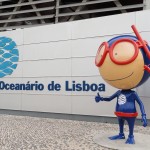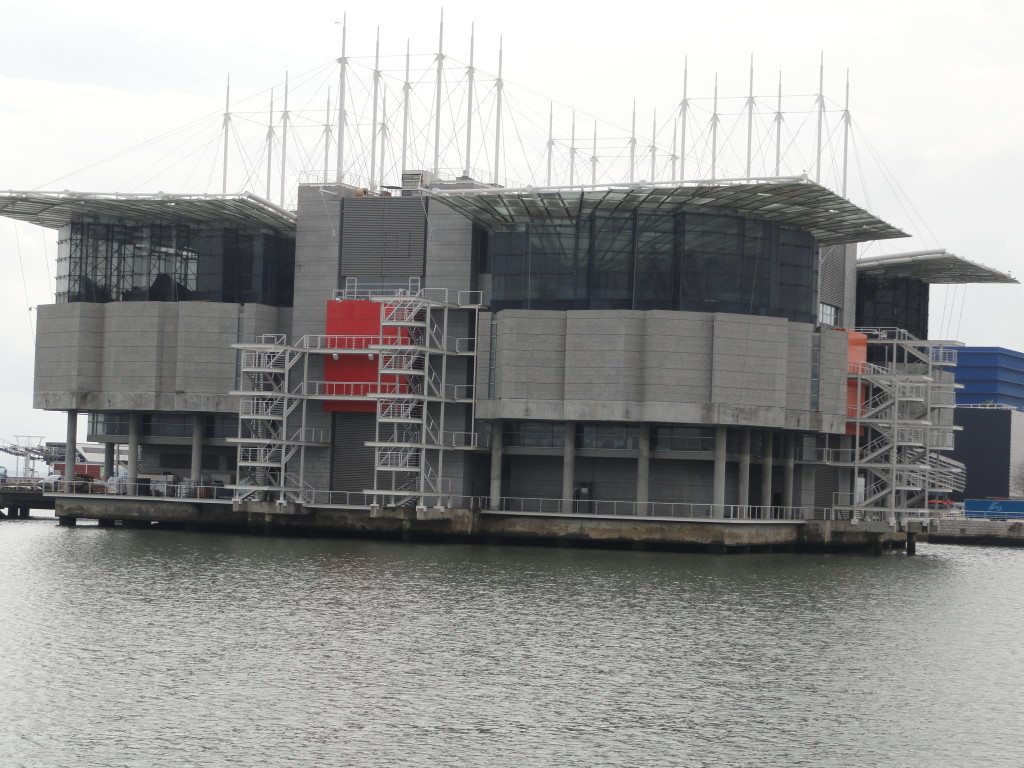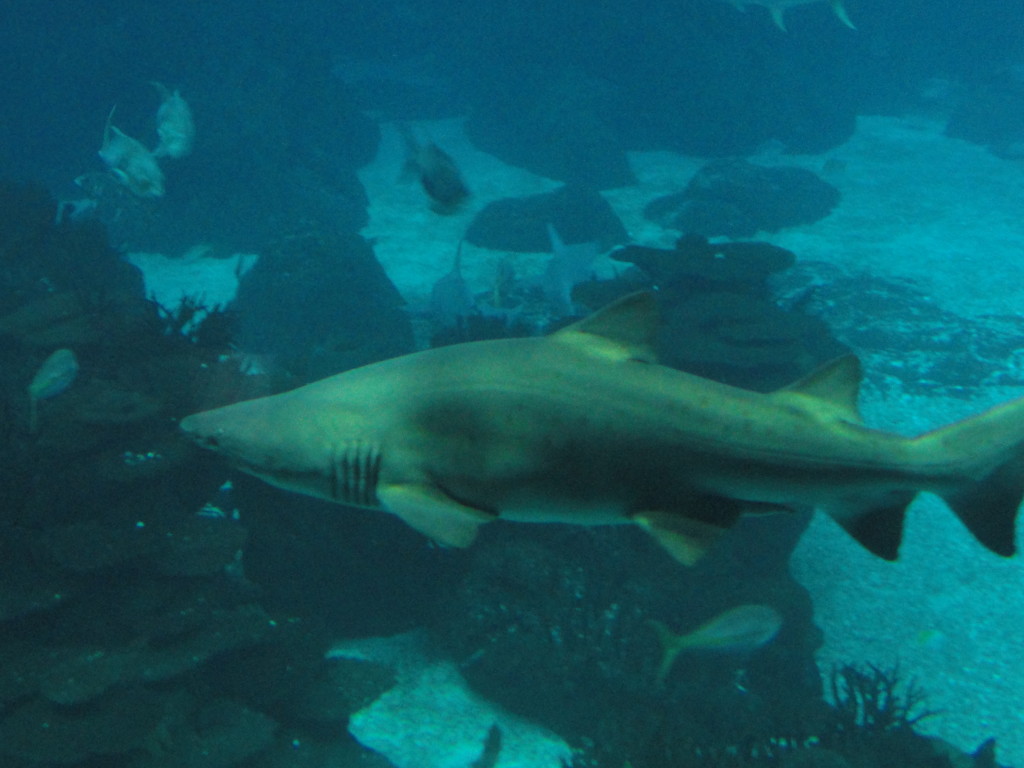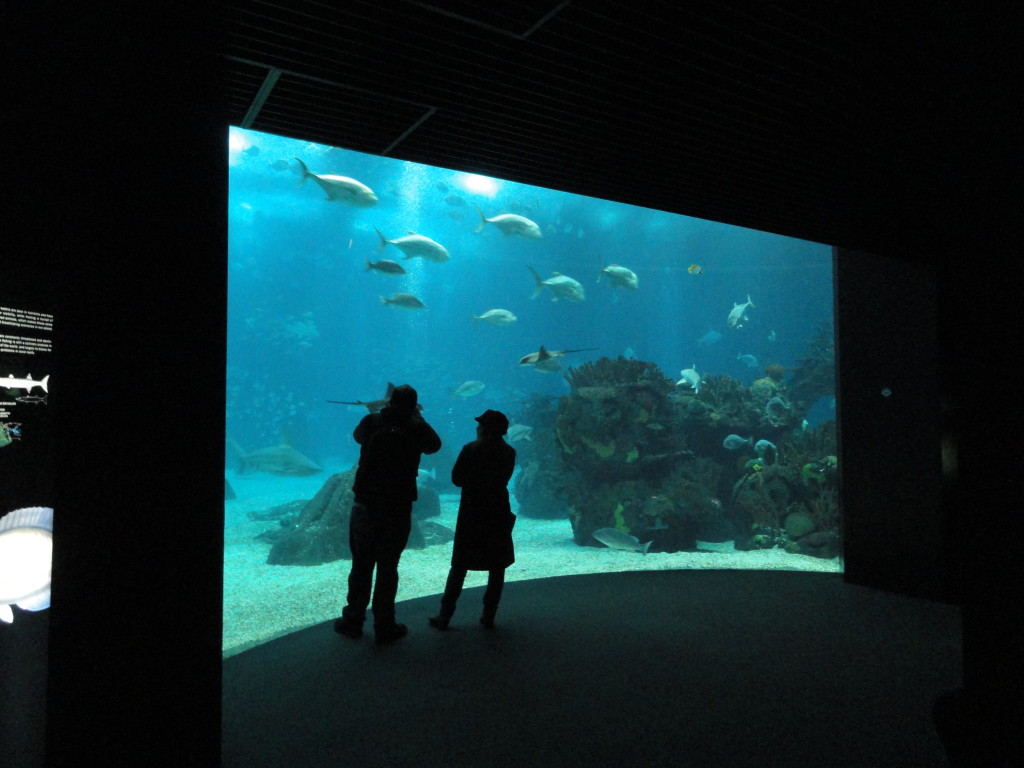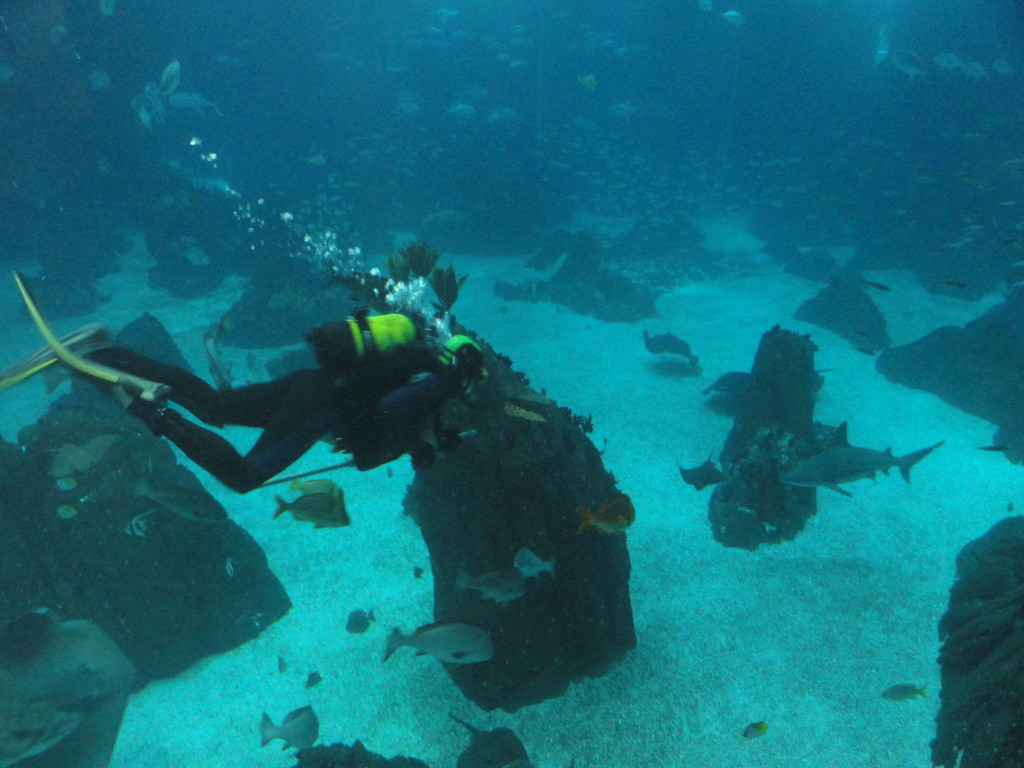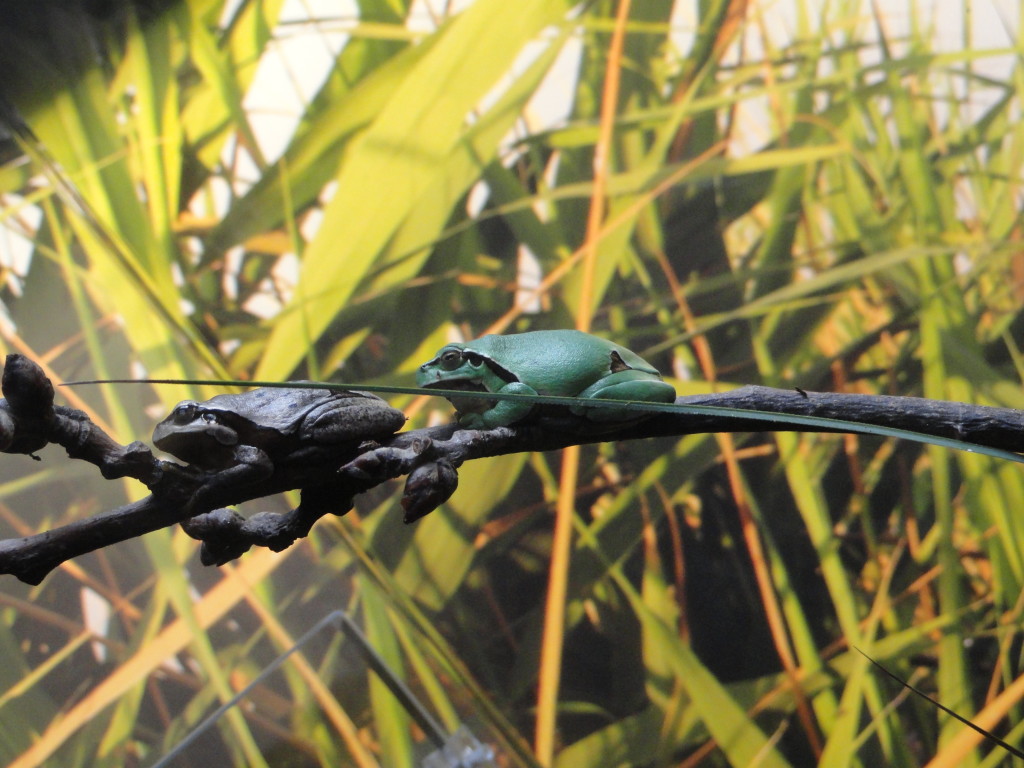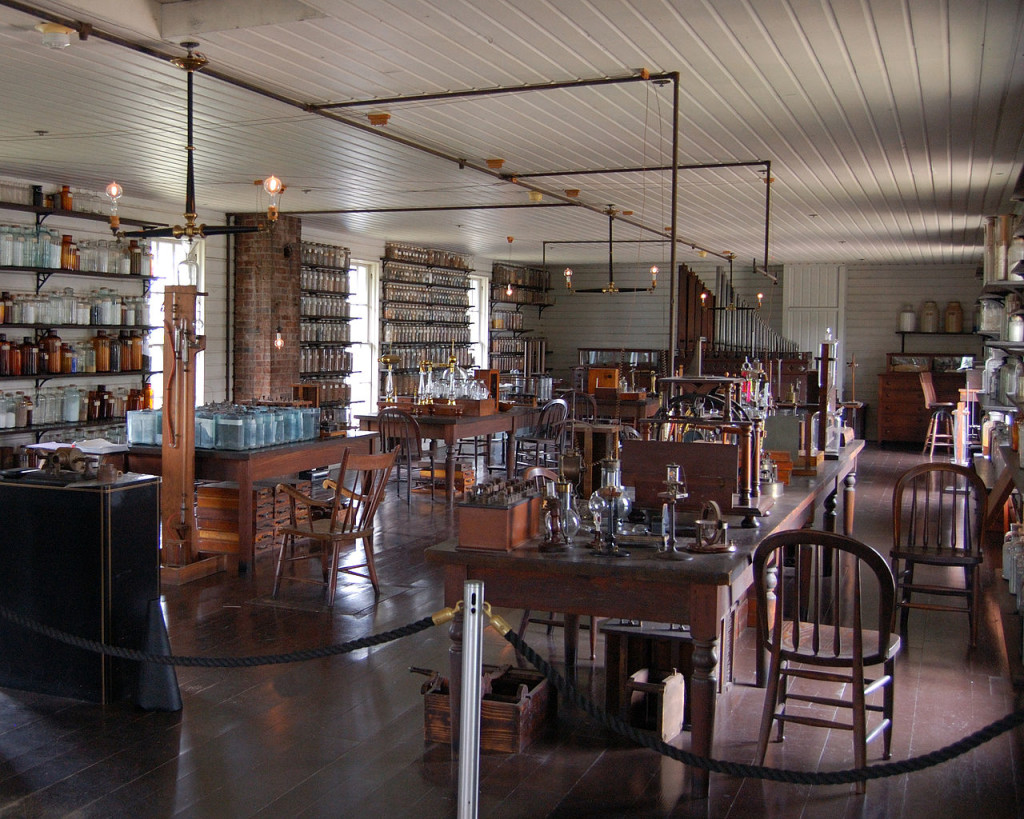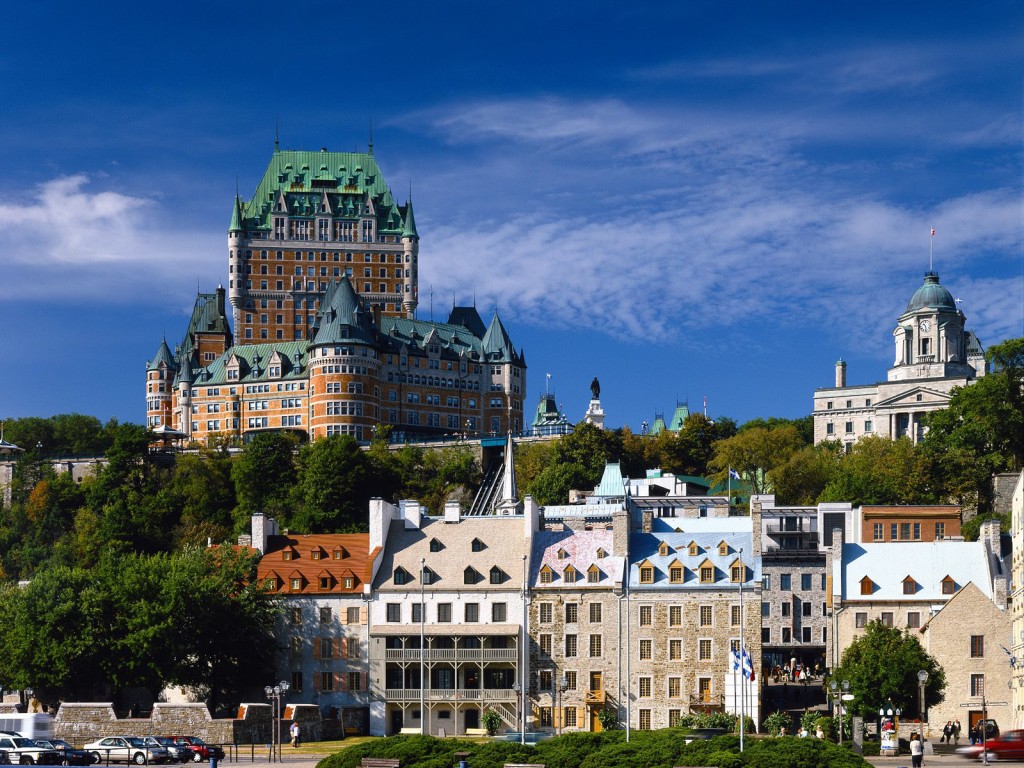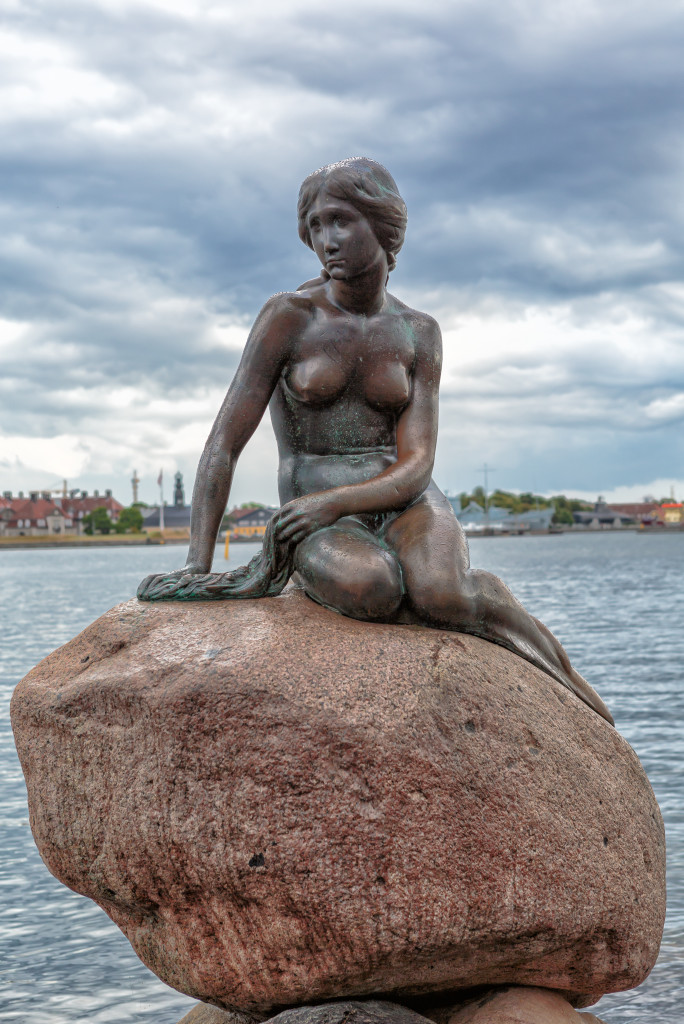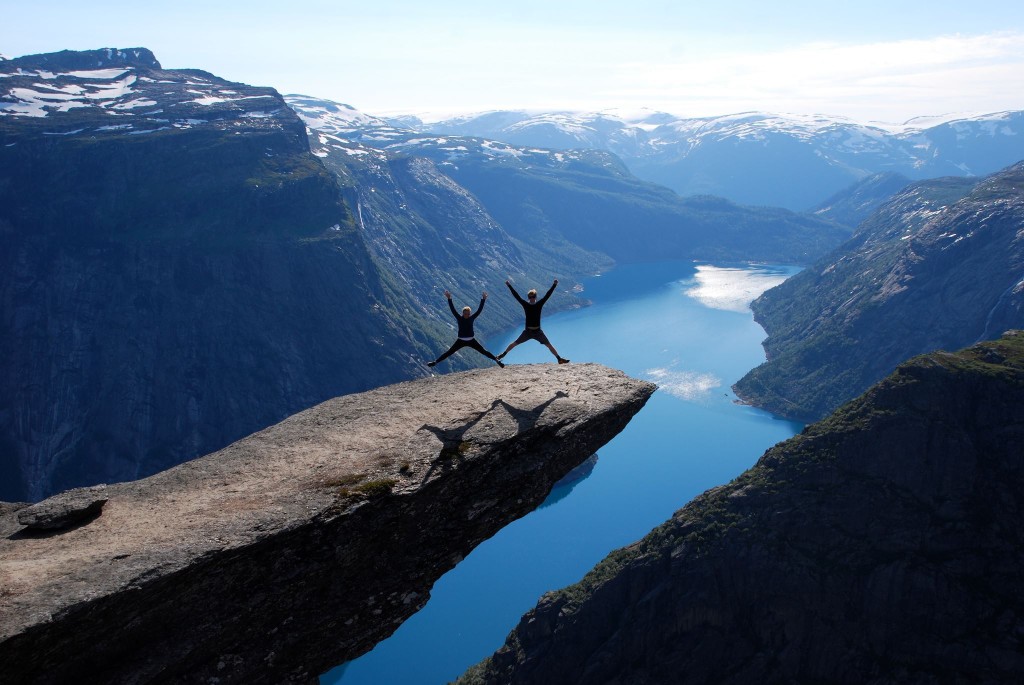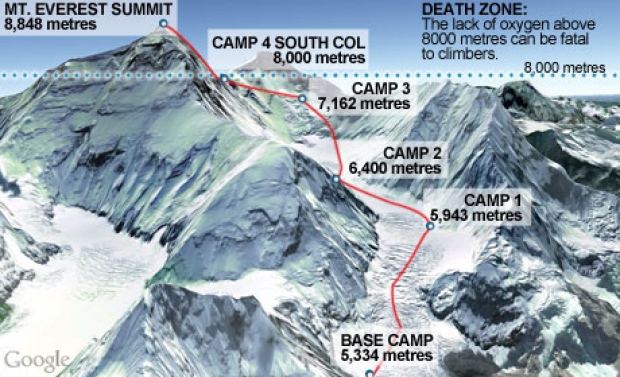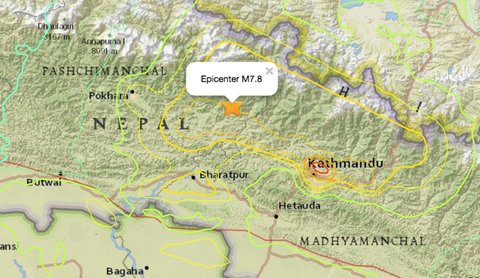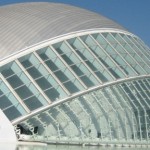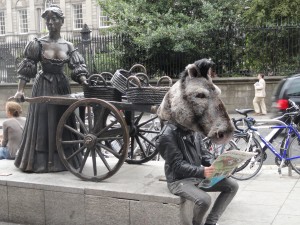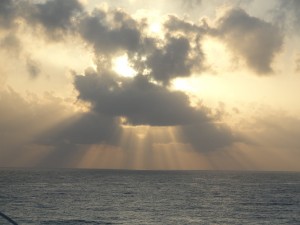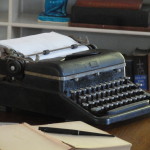 The last few days of 2015 are bringing me somewhat of a breather from science traveling and writing and reading. It’s been a busy year in all respects. The writing scene has been especially productive.
The last few days of 2015 are bringing me somewhat of a breather from science traveling and writing and reading. It’s been a busy year in all respects. The writing scene has been especially productive.
Edison: The Inventor of the Modern World was the biggest project this year, though definitely not the only one. Following on the success of Tesla: The Wizard of Electricity (which enjoyed its 3rd, 4th, and 5th printings in 2015!), Fall River Press of Sterling Publishing asked me to write a follow up in the same style. So not only is Tesla still in Barnes and Noble stores, it will be joined in the summer of 2016 by Edison. Needless to say, writing the Edison book kept me busy writing a good part of the year.
But it didn’t stop there. I also wrote an e-book that looked at the surprisingly many connections between my two favorite historic people. Abraham Lincoln and Nikola Tesla: Connected by Fate is published on Amazon and available for download to Kindle or the Kindle App on any smartphone or tablet. You can also download my earlier e-book: Nikola Tesla: Renewable Energy Ahead of Its Time.
This year also saw a few articles. “Abraham Lincoln: The Majesty and the Math of Niagara Falls” was published in the Sept/Oct issue of The Lincolnian. In addition, the next issue will begin my new recurring column in which I offer reviews of two Lincoln-related books. One of the two will be on a new Lincoln book while the other will review a “Classic Lincoln” book, that is, a book that has been around for a very long time and perhaps forgotten or unknown.
To this you can add an article I wrote for the Smithsonian Civil War Studies.Org online newsletter, “And the War Ends,” plus an article for the CPRC Newsletter. The latest issue of the CPRC Newsletter also included an article about me and the SETAC award I won this year.
And let’s not forget the blogs. Over the course of the last year I’ve written around 250 posts combined for Science Traveler, Hot White Snow, and The Dake Page. That’s a lot of writing.
My opening sentence of this piece is not quite accurate. I’m not actually done writing for the year. I’ve been working diligently on my Lincoln book proposal and will be doing some last fine-tuning of it this week so I can send it to my agent immediately after New Years. While she’s reviewing it I’ll be continuing to write the sample chapters. The goal is to have the publishing contract in place as early in 2016 as possible so that I can be working on that book for a 2017(?) release.
So 2016 should be a very good writing year as well.
David J. Kent has been a scientist for thirty-five years, is an avid science traveler, and an independent Abraham Lincoln historian. He is the author of Tesla: The Wizard of Electricity (now in its 5th printing) and two e-books: Nikola Tesla: Renewable Energy Ahead of Its Time and Abraham Lincoln and Nikola Tesla: Connected by Fate. His book on Thomas Edison is due in Barnes and Noble stores in spring 2016.
Follow me by subscribing by email on the home page. And feel free to “Like” my Facebook author’s page and connect on LinkedIn. Share with your friends using the buttons below.



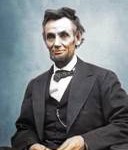 It’s been a busy 48 hours with respect to Abraham Lincoln traveling. And it’s about to get even busier.
It’s been a busy 48 hours with respect to Abraham Lincoln traveling. And it’s about to get even busier.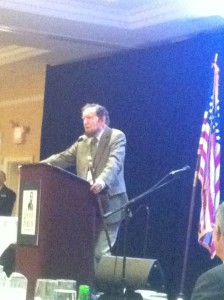
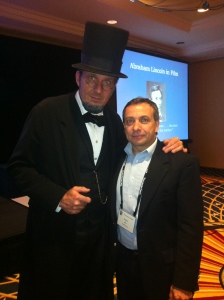
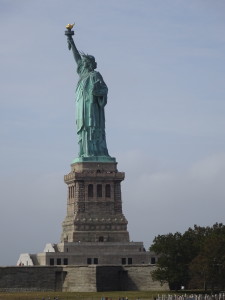
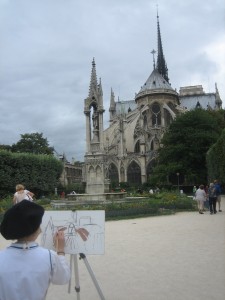
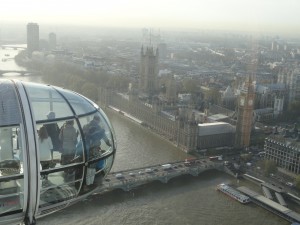

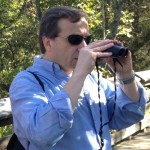 A year ago I wrote some
A year ago I wrote some 